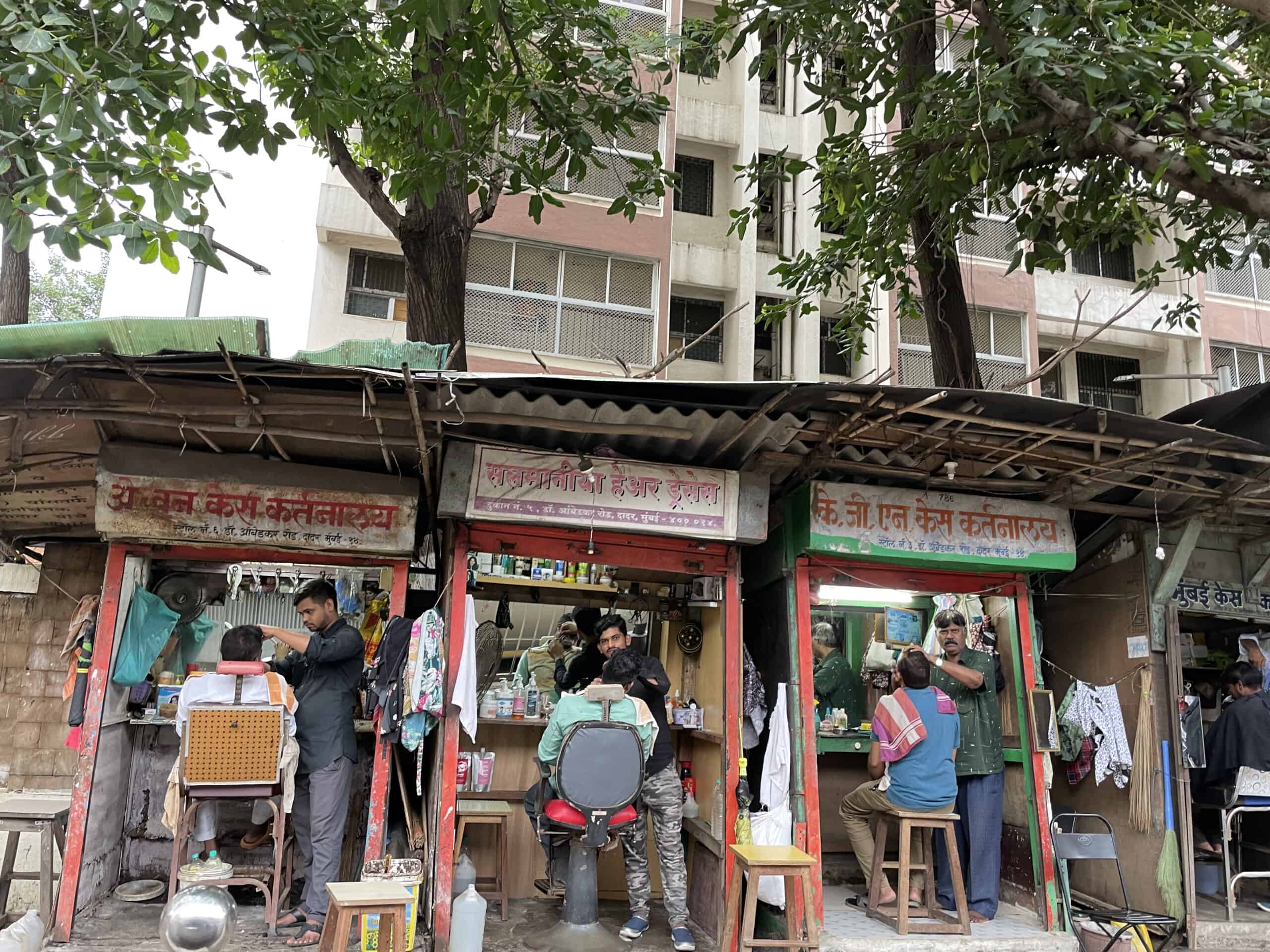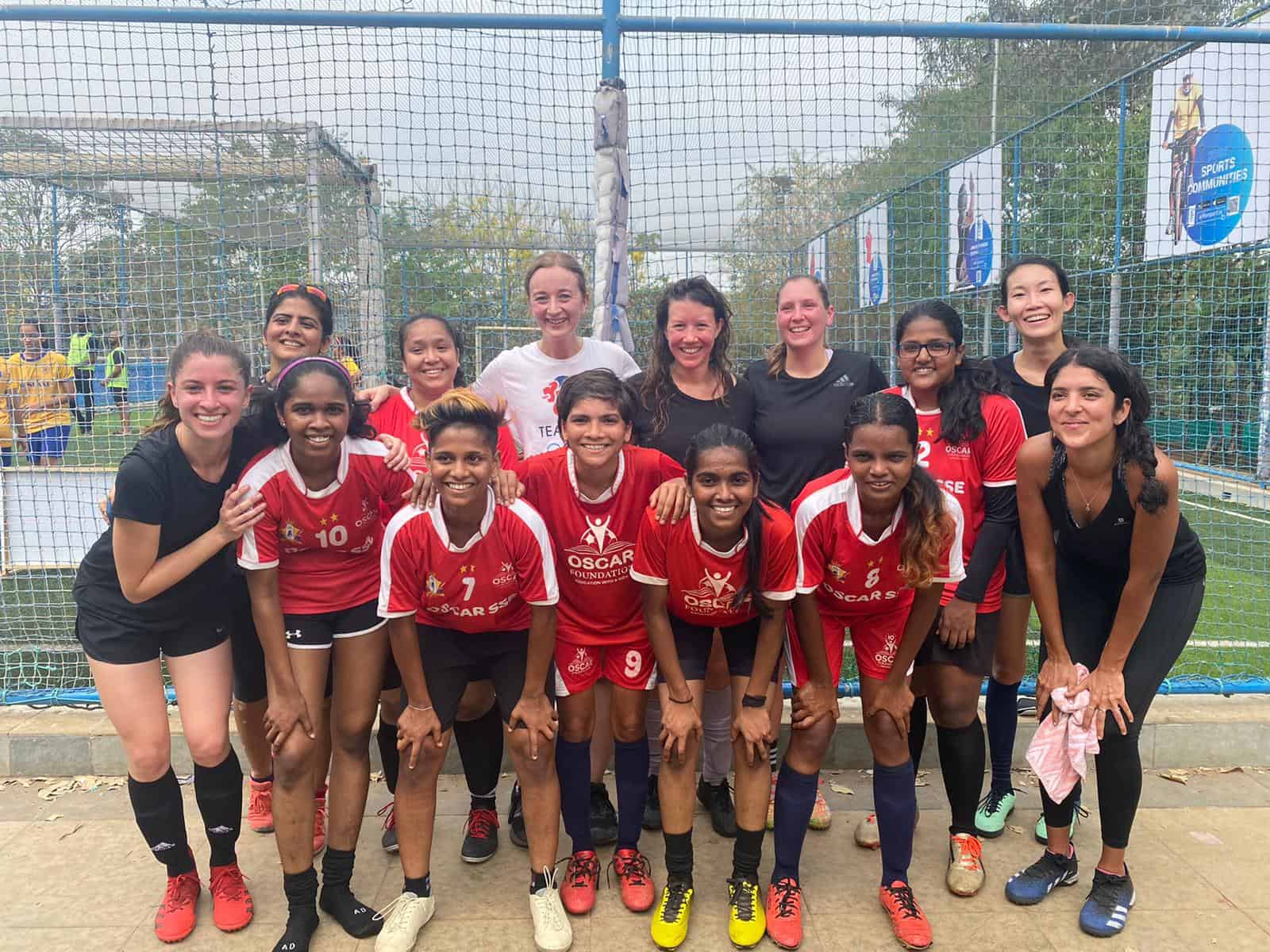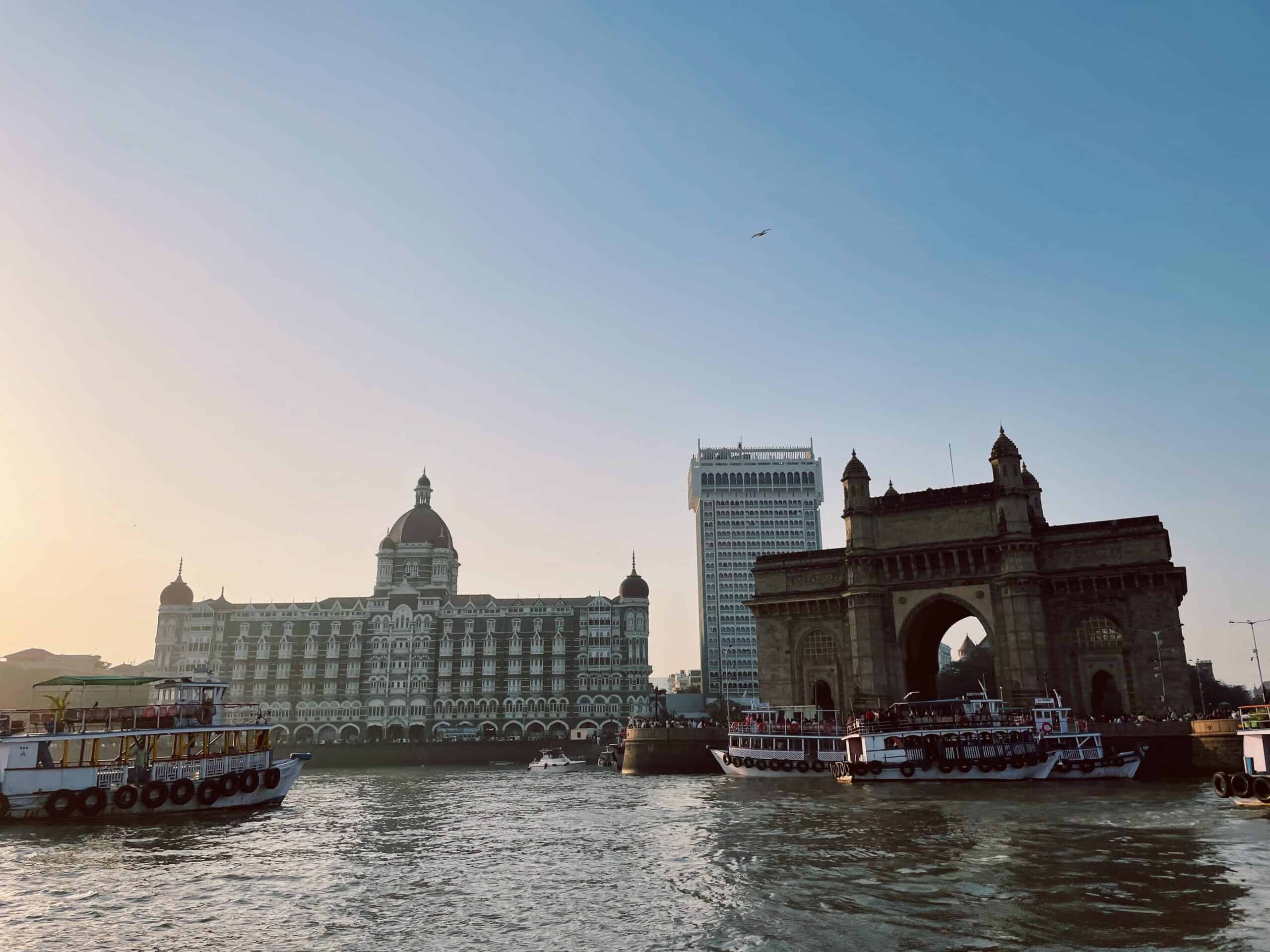Book Review
Behind the Beautiful Forevers; Life, Death, and Hope in a Mumbai Undercity By Katherine Boo
In “Behind the Beautiful Forevers: Life, Death, and Hope in a Mumbai Undercity,” Katherine Boo masterfully unveils the intricate layers of life pulsating within the underbelly of Mumbai. With journalistic precision and empathetic prose, Boo delves into the lives of the residents of Annawadi, a slum nestled amidst the luxurious hotels and gleaming airports that define modern Mumbai.
At the heart of Boo’s narrative are the aspirations, struggles, and resilience of individuals who are often overlooked and marginalized. Through her meticulous research and immersive storytelling, she paints a vivid portrait of a community grappling with poverty, corruption, and the constant struggle for survival. A story that belongs to billions in India but is often untold.

As someone who lived in Mumbai from 2021 to 2023, I had the opportunity to witness firsthand the stark juxtapositions that define the city. While my time in Mumbai afforded me a glimpse into the realities of poverty and inequality, it also deepened my appreciation for the complexities of these issues. Visiting Dharavi, one of the largest slums in Asia, was a humbling experience that underscored the resilience and resourcefulness of its residents, who navigate myriad challenges daily.
In light of my experiences, Katherine Boo’s “Behind the Beautiful Forevers” resonates deeply with me. Her portrayal of life for the vulnerable of Mumbai captures the nuances and contradictions that define the city, shedding light on the systemic injustices that perpetuate poverty and inequality.
What sets Boo’s work apart is her ability to humanize her subjects, presenting them not as mere statistics or stereotypes, but as complex individuals with dreams, fears, and agency. This is particularly exceptional considering that this book is a work of non-fiction. Whether it’s Abdul, a resourceful teenager navigating the informal economy of garbage sorting, or Asha, a determined woman striving for upward mobility through political connections, each character is rendered with depth and nuance.
Boo’s narrative also raises questions about representation and power dynamics. By telling the stories of marginalized communities as an outsider, she occupies a position of privilege that can potentially overshadow the voices of those she seeks to amplify. My own experiences as a resident of Mumbai and visitor to Dharavi have sensitized me to the complexities of poverty and inequality, prompting me to approach Boo’s narrative with a critical lens while acknowledging the limitations of my own perspective.
Boo’s narrative is also a powerful indictment of the systemic injustices that perpetuate poverty and inequality in India. She exposes the corruption and exploitation that pervade every aspect of society, from the police and politicians to the NGOs and foreign aid organizations meant to alleviate suffering.
Reflecting on my own experiences in Mumbai, I was fortunate to volunteer with the OSCAR Foundation, a nonprofit organization dedicated to empowering children in low-income communities through sports and education. The foundation’s innovative approach, integrating life skills curriculum with fun football activities, resonates deeply with the challenges faced by children in Annawadi, whose school experiences are often marred by poverty and lack of resources.

One character whose story particularly resonates is Kalu, a young boy in Annawadi who dreams of escaping the cycle of poverty through education. Tragically, Kalu’s aspirations are cut short when he becomes a victim of the harsh realities of his environment and ultimately takes his own life. His story serves as a stark reminder of the urgent need to address the systemic barriers to education and opportunity faced by marginalized youth in Mumbai’s slums. Organizations like the OSCAR Foundation are instrumental in breaking the cycle of poverty and inequality by empowering youth with the skills and resources they need to build a better future.
Moreover, amidst the stark portrayal of corruption’s detrimental effects, a thought-provoking question arose during our book club meeting: Are there occasions where corruption does more good than harm, specifically for those living in slums? We considered numerous options before reaching a conclusion. Which was, in some instances, particularly in developing countries, corruption may serve as a means of survival or even progress for marginalized communities. When government institutions fail to provide basic services or opportunities for advancement, individuals may turn to informal networks and bribes as a means of navigating bureaucratic hurdles or securing resources. This is not to justify or condone corruption, but rather to acknowledge its complex role in societies where institutional failures are rampant. Without effective governance and legitimate channels for social mobility, corruption can become a necessary evil for those struggling to improve their lives. As Boo’s narrative illustrates, the line between exploitation and survival is often blurred in the harsh realities of poverty.
In conclusion, “Behind the Beautiful Forevers” offers a poignant reflection on life in a Mumbai slum, inviting readers to confront the systemic injustices that perpetuate poverty and inequality. It prompts readers to grapple with the ethical complexities surrounding corruption and its impact on marginalized communities. While Boo’s outsider status may raise questions about the authenticity of her portrayal, her book remains an essential exploration of poverty, power, and perseverance in India.









